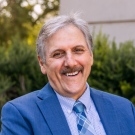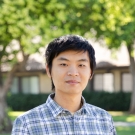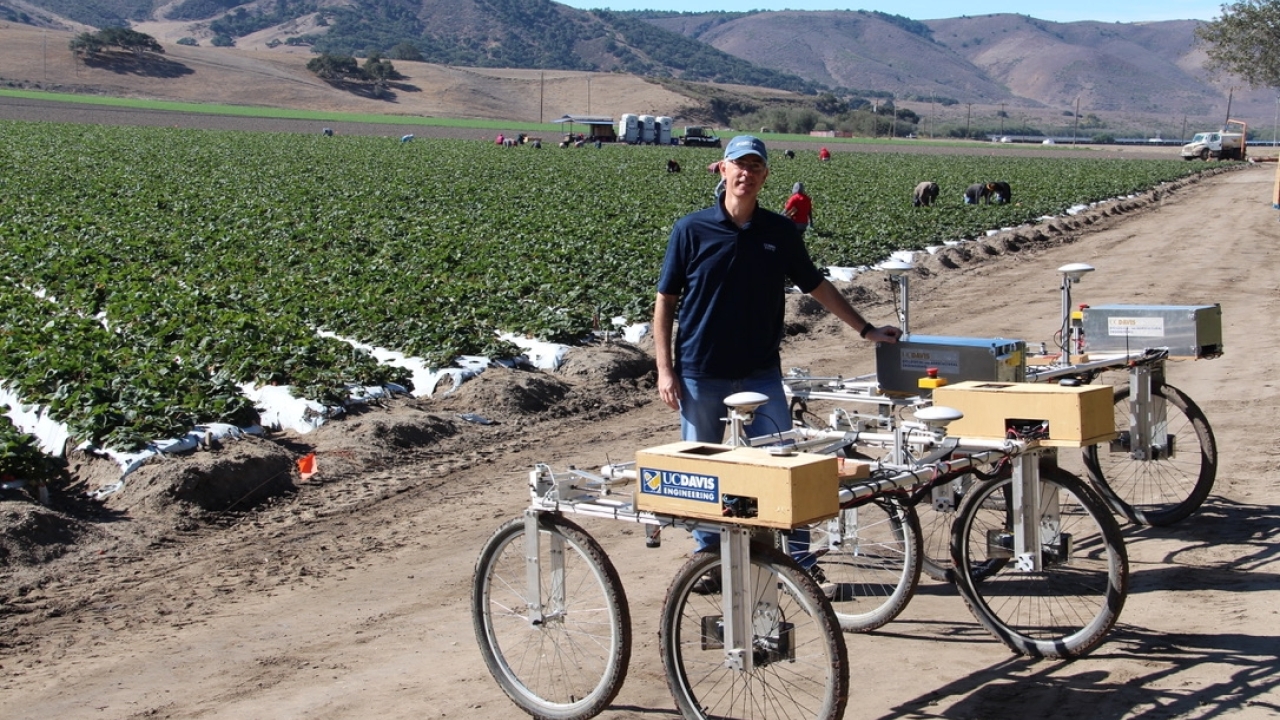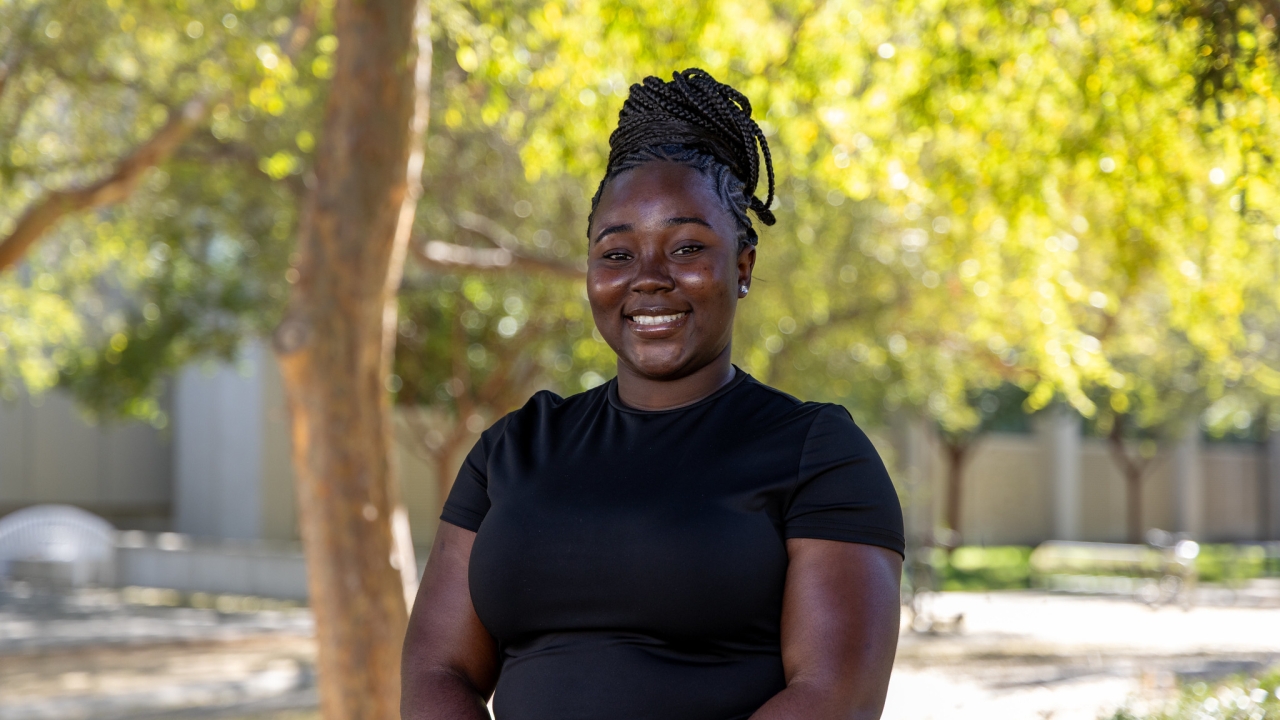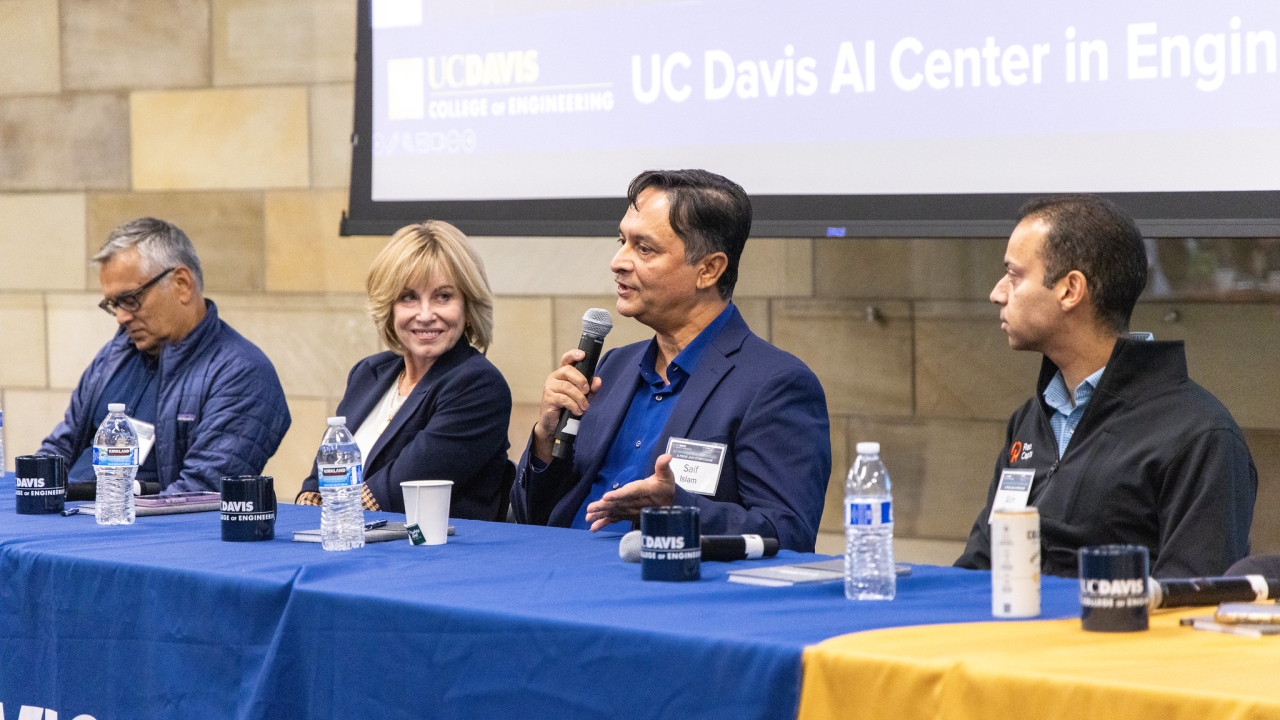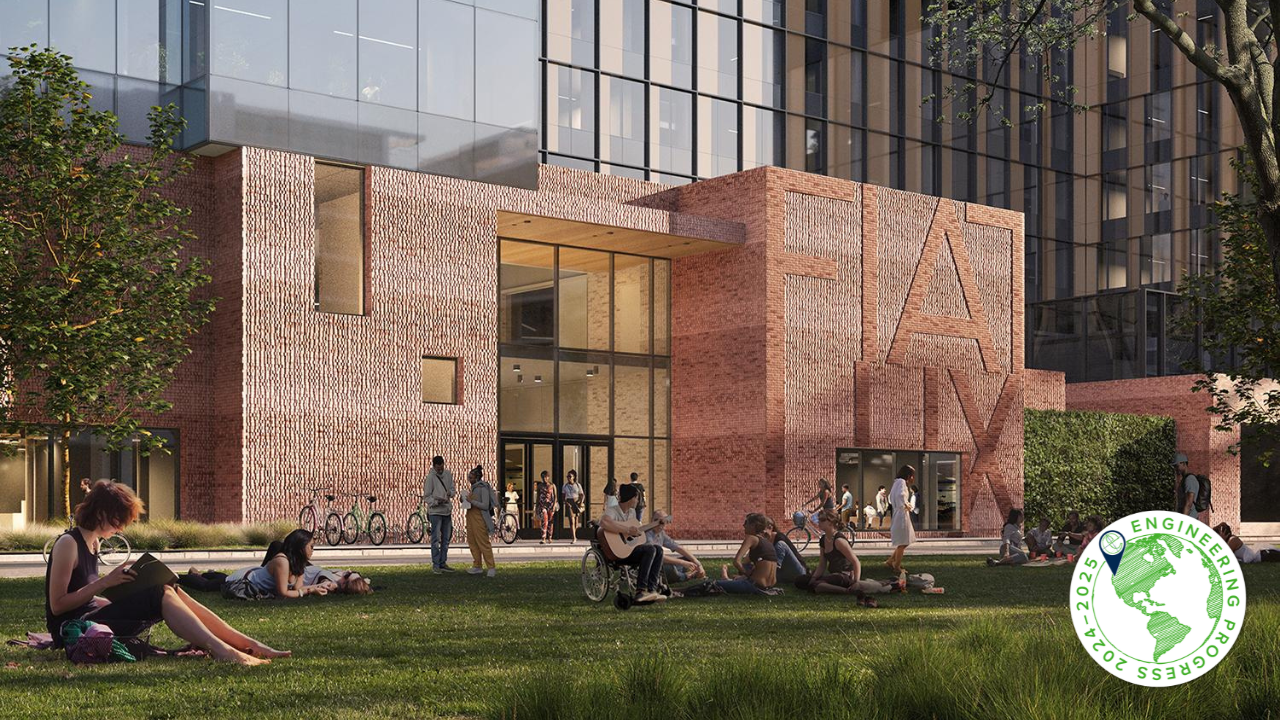
Building Toward a Community of Invention at Aggie Square
Biomedical engineers help set the stage at UC Davis' new innovation district
A few miles southeast of Downtown Sacramento, amidst world-class hospitals, research buildings and teaching facilities, biomedical engineers are helping shape the future of research, scholarship and entrepreneurship at the University of California, Davis.
They're some of the first experts to make up the community at Aggie Square, a new innovation district opening May 2 that will bring industry, academia and entrepreneurs together to conduct interdisciplinary research at the university's Sacramento campus.
From a new master's program to a one-of-a-kind makerspace, here are just a few ways the Department of Biomedical Engineering is helping kickstart the forward-thinking community of Aggie Square.
A Nerve Center for Medical Innovation
The Department of Biomedical Engineering is paving the way for the first graduate degree explicitly designed for Aggie Square, with classes beginning in September 2025.

The Master of Engineering in Medical Device Development will offer students direct access to observe and participate in clinical innovation across 12 required courses. Each class will be taught at the Sacramento campus, including a three-quarter capstone project to translate UC Davis research into clinically directed training in device design.
Students will work side-by-side with clinicians to collaborate on medical solutions for improving the quality of care patients receive and ensure that devices, after prototyping, can be commercialized at scale.
The new program positions UC Davis as a leader in translating medical device development into tangible clinical solutions that can improve healthcare outcomes for our local and global communities. It's also well-placed in the Sacramento region, leveraging California's position as a nerve center for biotech companies and biomedical engineering employment.
"Not only will our engineering students receive a world-class education from professors and clinicians at the UC Davis Medical Center — one of the nation's best hospitals — they will be active participants in the growing medical device research and industry hub in Sacramento and California as a whole," said Richard L. Corsi, dean of the College of Engineering.
Collaborative Quarters
Biomedical Engineering at the Health Campus is an immersive series of undergraduate courses at the Sacramento campus, part of the Quarter at Aggie Square Experience program offered by the UC Davis Office of Undergraduate Education. The series provides biomedical engineering students a bench-to-bedside practice, moving between classes that refine their engineering design skills to on-the-ground clinical needs-finding at the UC Davis Medical Center.
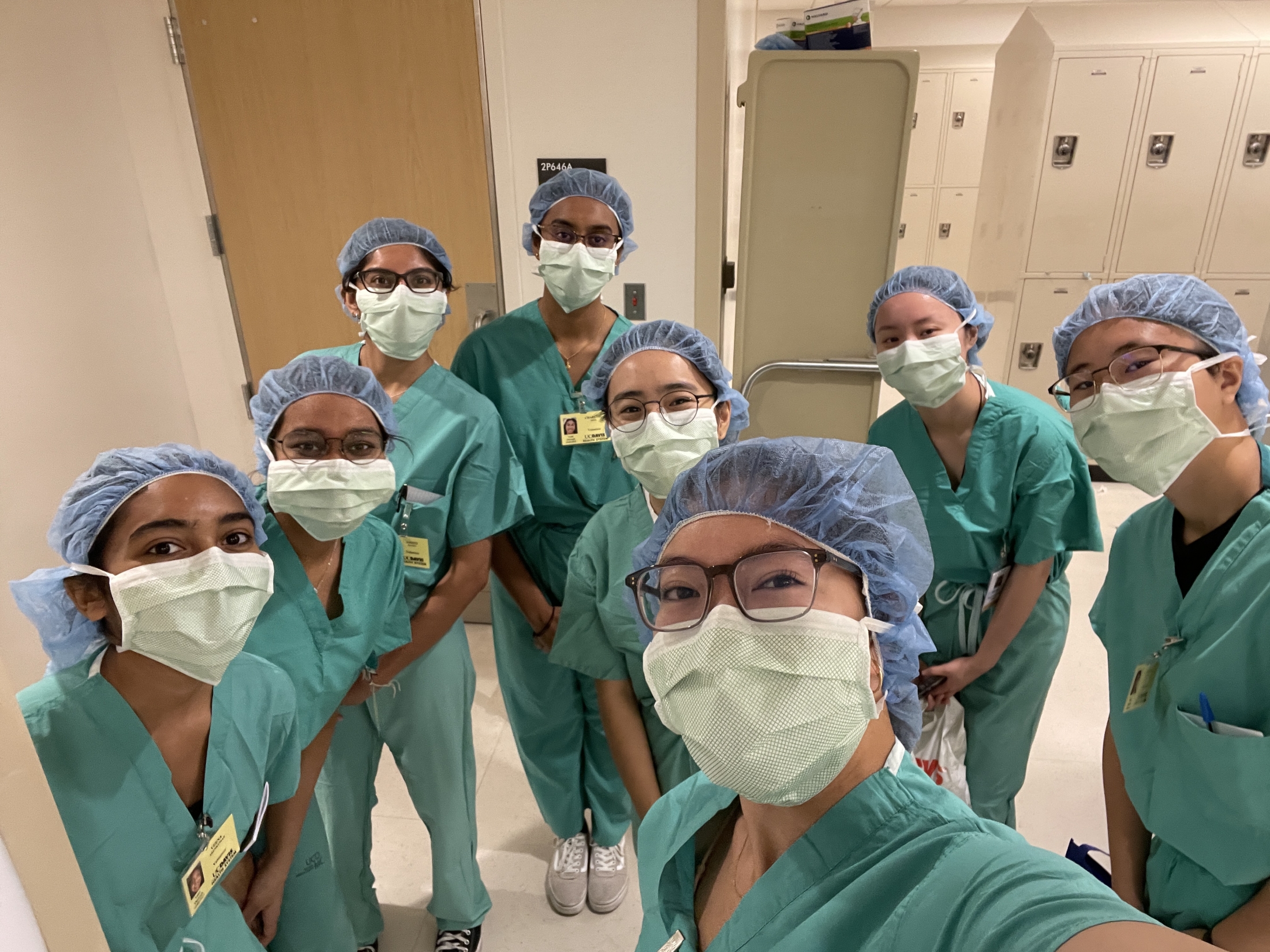
It has been a mainstay of the Quarter at Aggie Square Experience program since launching in 2021, bridging the Yolo Causeway-sized gap between the Department of Biomedical Engineering and UC Davis Health. This interplay between the campuses enables collaborations and networking experiences that were previously absent, particularly for students.
The experience's capacity for cross-disciplinary perspectives was expanded in a recent redesign, where the curriculum received a new course on entrepreneurship designed and taught by Wenting Gao, a UC Davis alum and founder of several successful biotechnology startups.
The idea behind the addition is that, from knowing what types of care patients need firsthand to developing new medical devices from scratch and navigating a sound business plan, each part supports and strengthens the others. In other words, a student who completes the series will know how to connect their idea to a real problem experienced by physicians and then build a business strategy that ensures the new medical device reaches the clinics where it can have an impact.
"The redesign, particularly the inclusion of the entrepreneurial course, completes the whole package for students," said Xianglong Wang, the assistant professor of teaching in biomedical engineering who oversees the experience.
The redesign also helps center the series as emblematic of Aggie Square as a whole: a space for researchers, students and entrepreneurs to find community and for diverse experts to come together and ensure that projects reach their fullest potential — that next-level ideas don't sit on the drawing room floor but are pursued, achieved and brought to the people that can benefit from them the most.
A One-of-a-Kind Team
It often takes a village to translate next-level ideas into successful solutions. In the Department of Biomedical Engineering's case, the phrase is worded a bit differently: It often takes a TEAM Lab.
The Translating Engineering Advances to Medicine Lab — best known as the TEAM Lab — has been a cornerstone of the department's research community for the past 15 years. With cutting-edge machines, the facility brings ideas to life through prototype design and manufacturing services.
And it's coming to Aggie Square.
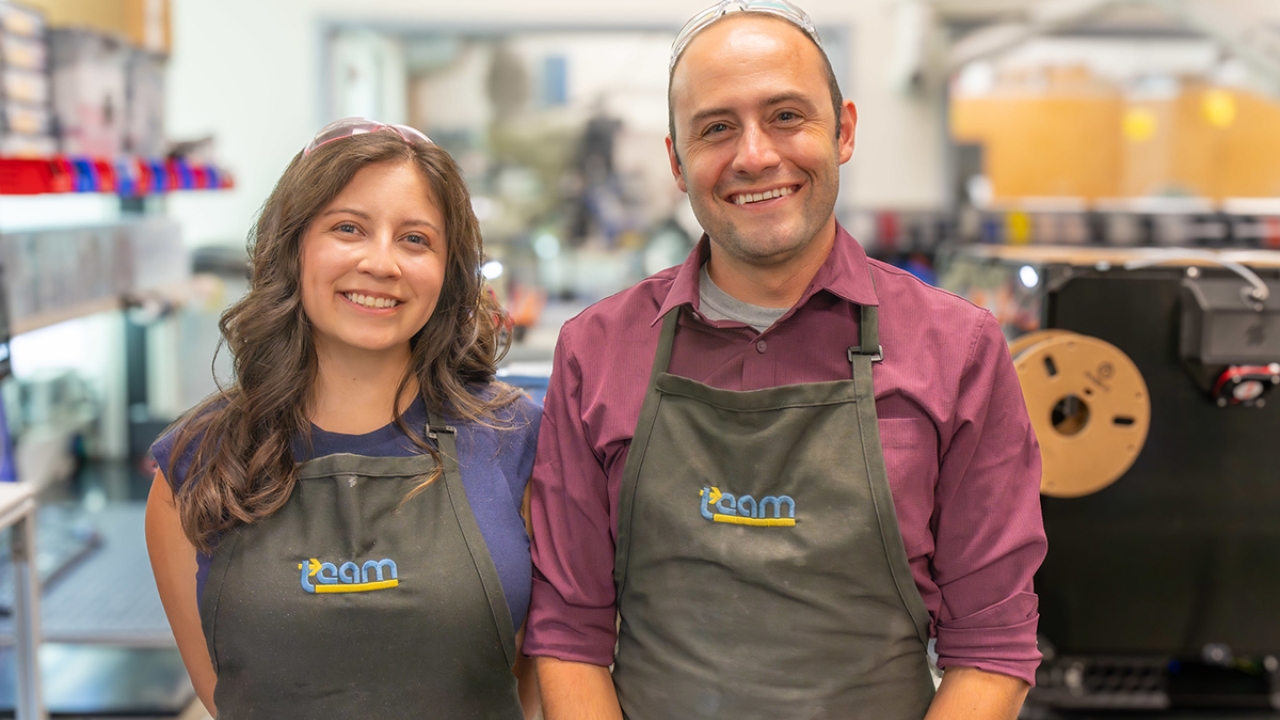
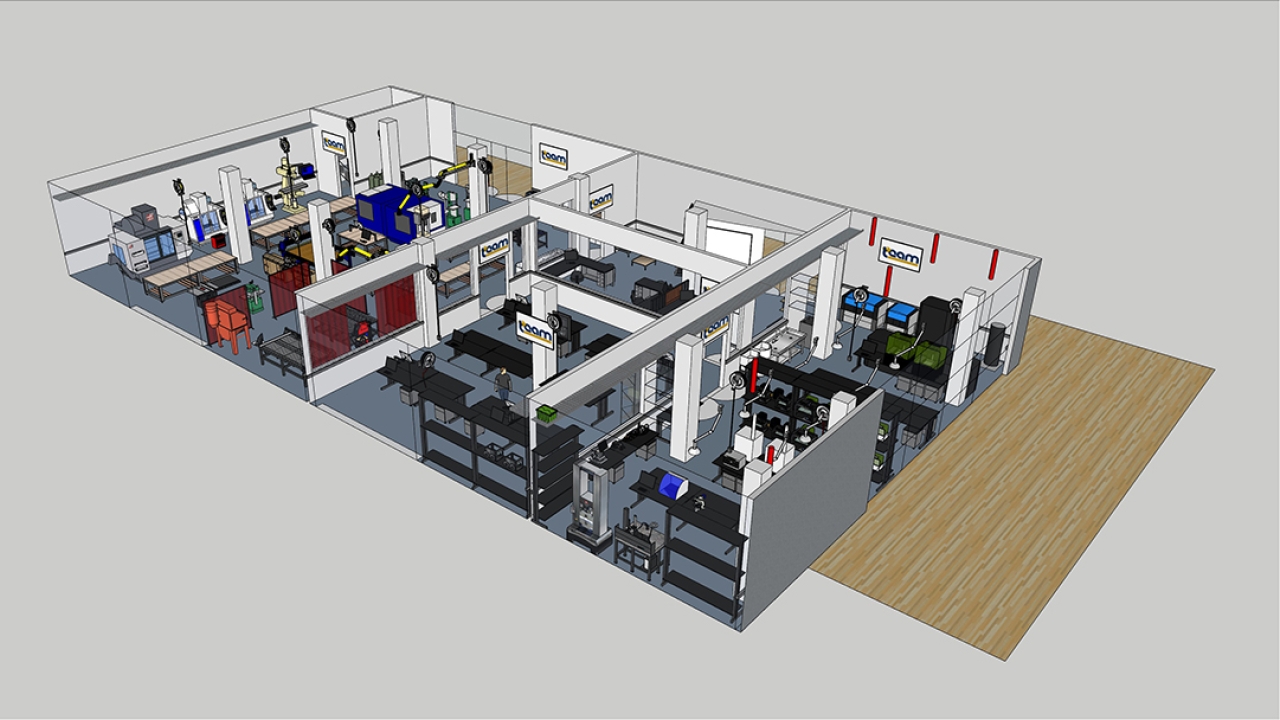
The community of scholars, researchers and innovators at Aggie Square will have full access to a new 10,000-square-foot TEAM lab space.
The TEAM Lab is no stranger to working in such a multifaceted capacity — it is open to work for the entire UC Davis community, other universities, private companies and individuals. Each year, the lab creates about 2,500 objects across 500 projects.
They have worked to increase classroom accessibility for a UC Davis history lecturer. They have also worked with a large UC Davis Health team to improve surgical procedures with augmented reality goggles and designed a model to train caregivers on how to tube feed newborn kittens.
At Aggie Square, where the new lab will be located on the first floor of a central building, a meeting place for innovators to discuss new ideas, the TEAM Lab is poised to be the beating heart of the innovation district's research and entrepreneurial community.


